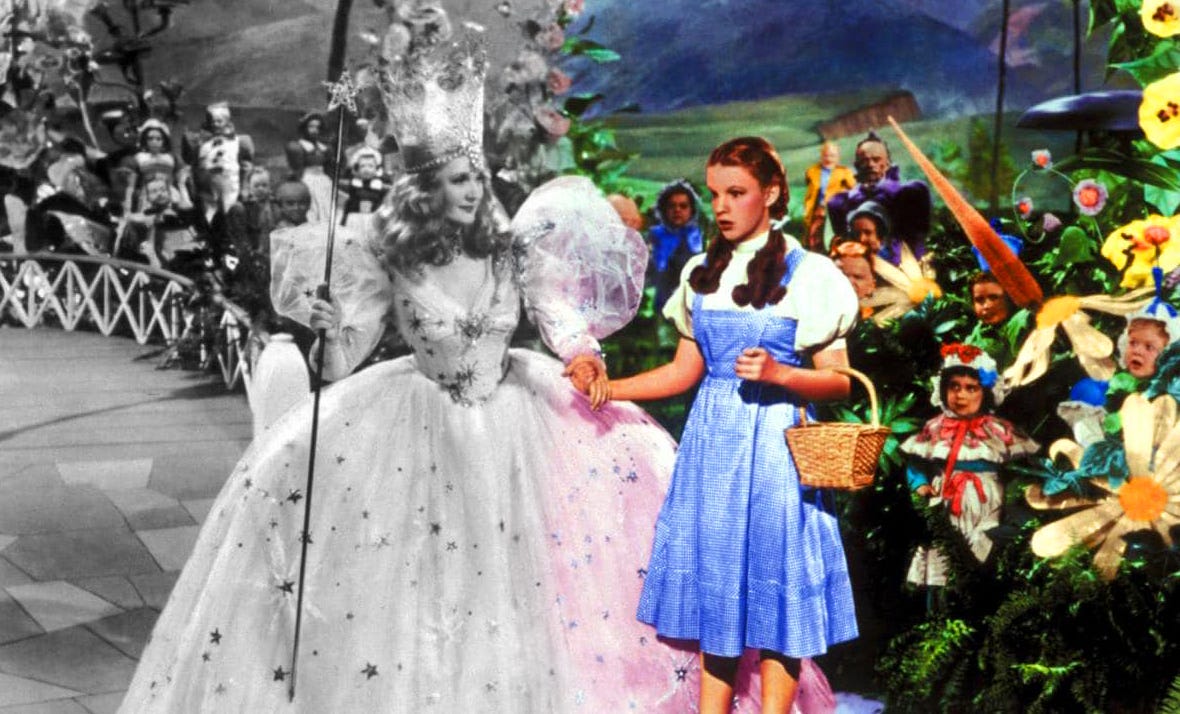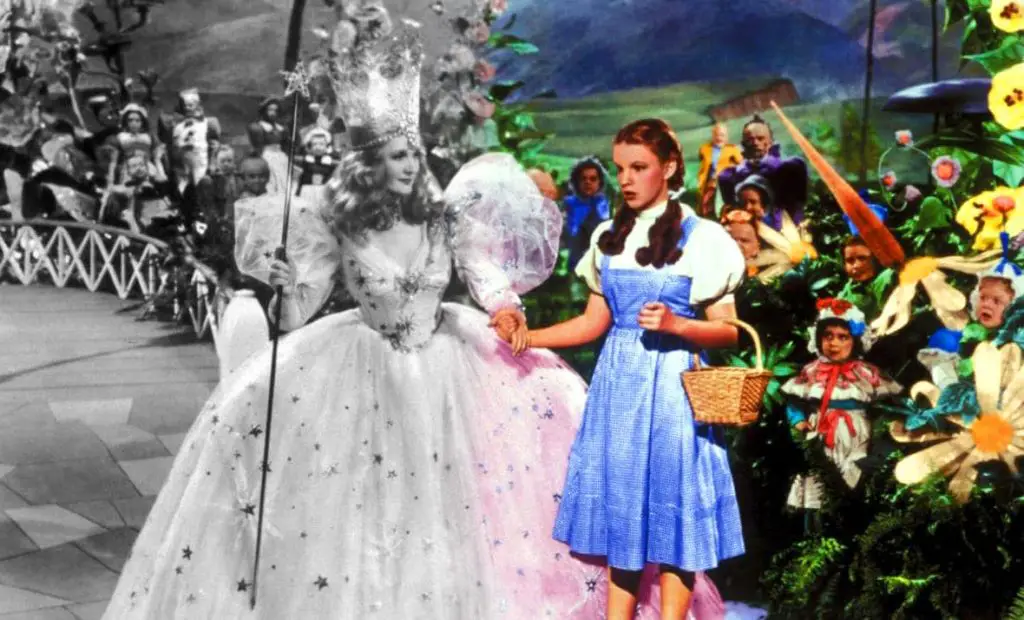Last Updated on April 8, 2023 by Francis
Have you ever awoken from a deep slumber, feeling as if you were living a vivid dream? Dreams can often feel like we are living another life, with vivid details and emotions that seem so real. But how real are they? Are dreams in color? That is the question that many people often ask. In this article, we will explore the idea of dreams in color, the science behind it, and how to interpret the meaning behind the colors in your dreams.
Dreams can be both in color and in black and white. Many people report dreaming in color while others report dreaming in black and white or shades of gray. The color of your dreams may depend on your age, experiences, and even your culture. Some research suggests that younger people are more likely to dream in color than older people. Some people believe that dreams are symbolic and the colors in the dream can often provide insight into the dreamer’s mental state.

Contents
Are Dreams Mostly in Color?
Dreams are a mysterious phenomenon that we have experienced in our sleep since the dawn of time. While we may not fully understand why or how they occur, it is widely believed that many people dream in color. But is this really the case? In this article, we will explore the phenomenon of color in dreams and the evidence that supports this idea.
The first thing to consider is the actual prevalence of color in dreams. While anecdotal evidence suggests that many people report dreaming in color, scientific studies have been conducted to explore this further. One study from 2006 found that, on average, 73 percent of participants remembered their dreams in color. This suggests that dreams in color may be more common than those in black and white.
The second thing to consider is the psychological and neurological factors that could be at play when it comes to dreaming in color. Studies suggest that the same brain regions responsible for perceiving color in the waking state are also active during dreaming. This suggests that the brain is, in fact, capable of processing color in dreams.
How Does Color Affect Dreams?
While color may be a common feature of dreams, it is interesting to consider how it might affect the dream overall. One theory suggests that color can influence the emotional tone of a dream. For example, warm colors such as red and yellow may be associated with more intense emotions, while cooler colors such as blue and green may be associated with more calming emotions.
Another theory suggests that color can be used as a symbolic device in dreams. For example, a researcher might interpret the color red as signifying passion or anger, while the color blue could be interpreted as signifying peace or tranquility. While these interpretations are subjective, they can be used to gain insight into a dreamer’s subconscious mind.
Do Animals Dream in Color?
It is not just humans who dream in color, as the phenomenon has also been observed in animals. Studies have found that certain animals, such as cats and dogs, appear to dream in color. This suggests that the brain’s ability to process color in dreams is not exclusive to humans, but can be found in many species.
The mechanism of color in animal dreams is still not fully understood. However, it is believed that the same regions of the brain responsible for processing color in humans may also be active during dreaming in animals. This suggests that the same neurological factors at play in humans could also be at play in animals.
Can Dreams in Color be Controlled?
While the phenomenon of color in dreams is still not fully understood, some researchers believe that it may be possible to control the colors in one’s dreams. This could be done by focusing on certain colors prior to falling asleep or using certain techniques to influence the dream state.
One technique that has been suggested is to focus on certain colors while in the hypnogogic state, which is the state between wakefulness and sleep. This could be done by picturing certain colors in the mind or repeating certain words or phrases associated with color. While this technique is still not well-studied, it could be a way to influence the colors in one’s dreams.
Are Dreams in Color Realistic?
The colors in dreams can often appear to be more vivid and intense than in reality. While this could be due to the brain’s processing of color in the dream state, some researchers believe that the colors in dreams may also be reflective of a dreamer’s emotional state.
For example, if a dreamer is feeling particularly anxious or angry, the colors in their dream may appear more intense and vivid. Conversely, if a dreamer is feeling relaxed and peaceful, the colors in their dream may appear more muted and subdued. This suggests that the colors in dreams could be a reflection of the dreamer’s emotional state.
Conclusion
Dreams in color are a fascinating phenomenon that is not fully understood. While anecdotal evidence suggests that many people experience color in their dreams, scientific studies have been conducted to explore this further. These studies suggest that the same brain regions responsible for perceiving color in the waking state are also active during dreaming. Furthermore, the phenomenon of color in dreams has also been observed in animals, suggesting that the same neurological factors at play in humans may also be at play in animals. Finally, some researchers believe that it may be possible to influence the colors of one’s dreams by focusing on certain colors while in the hypnogogic state.
Frequently Asked Questions
Are Dreams in Color?
Q1: Do all people dream in color?
A1: No, not all people dream in color. According to research, only around 65-80% of people dream in color. The remaining 20-35% of people dream in black and white.
Q2: How can I tell if I dream in color?
A2: To determine if you dream in color, you can do a simple test. When you wake up from a dream, take a few moments to recall the dream and pay attention to the colors you remember. If you can recall vivid colors, then you are likely dreaming in color.
Q3: What does it mean if I don’t dream in color?
A3: If you don’t dream in color, it doesn’t necessarily mean anything. It could mean that you tend to focus on the details and emotions of your dream rather than the colors. It could also mean that you are more likely to remember details and feelings in your dream than colors.
Q4: Are dreams in color more vivid than dreams in black and white?
A4: Many people report that their dreams in color are more vivid and detailed than their dreams in black and white. While this may be true for some people, it is not necessarily true for everyone. Each person’s experience of dreaming can vary.
Q5: Are there any benefits to dreaming in color?
A5: Research has shown that people who dream in color tend to remember their dreams better and have more vivid dream experiences. Additionally, dreaming in color can help to increase creativity and problem-solving skills.
Q6: Is it possible to start dreaming in color?
A6: Yes, it is possible to start dreaming in color. While some people may naturally dream in color, it is also possible to train yourself to dream in color. To do this, you can practice visualization techniques while awake and focus on visualizing things in color. It can also be helpful to focus on colors in your environment and recall them when you dream.
What Does Dreaming about Color Mean? Color Symbolism in Our Dreams
As we can see, dreams can be in color, but not necessarily. While it’s still a mystery as to why some people dream in color and some don’t, it’s clear that each individual’s dream world is unique. We can see that our dreams are a reflection of our thoughts and experiences, and how they can be seen in a variety of ways, including in color. Hopefully, as more research is done, we will gain a better understanding of why some people have dreamscapes filled with vibrant colors, while others experience only shades of gray.






